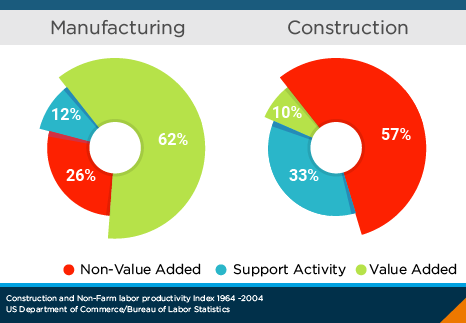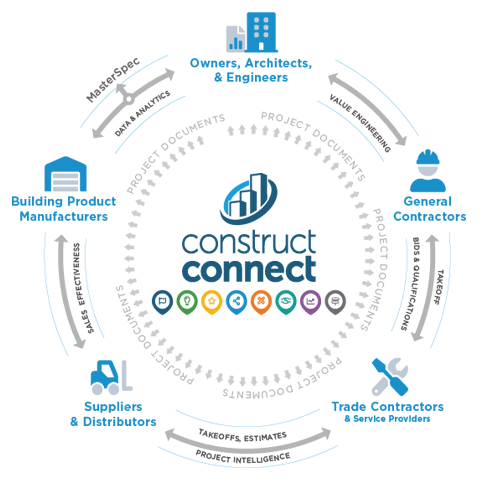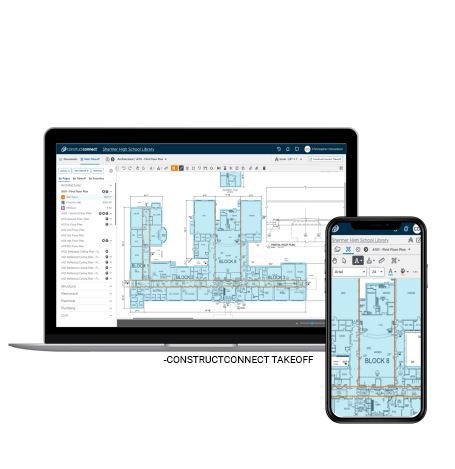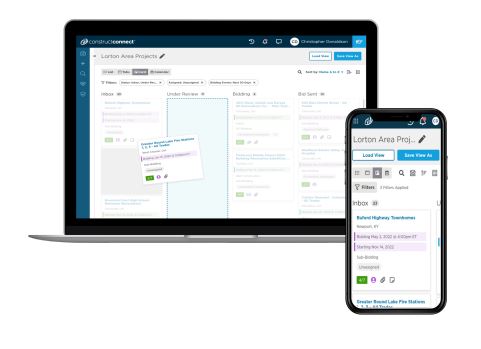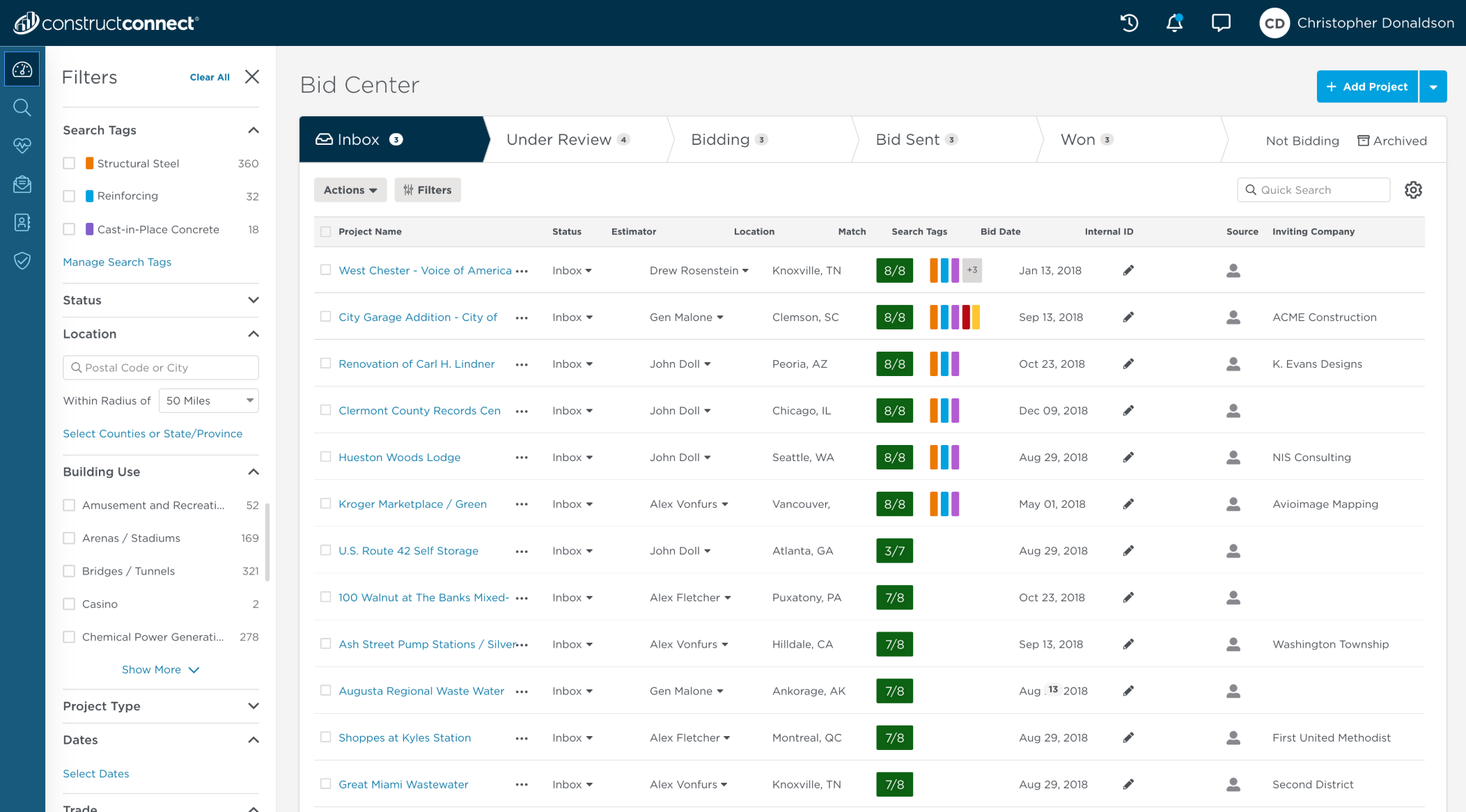
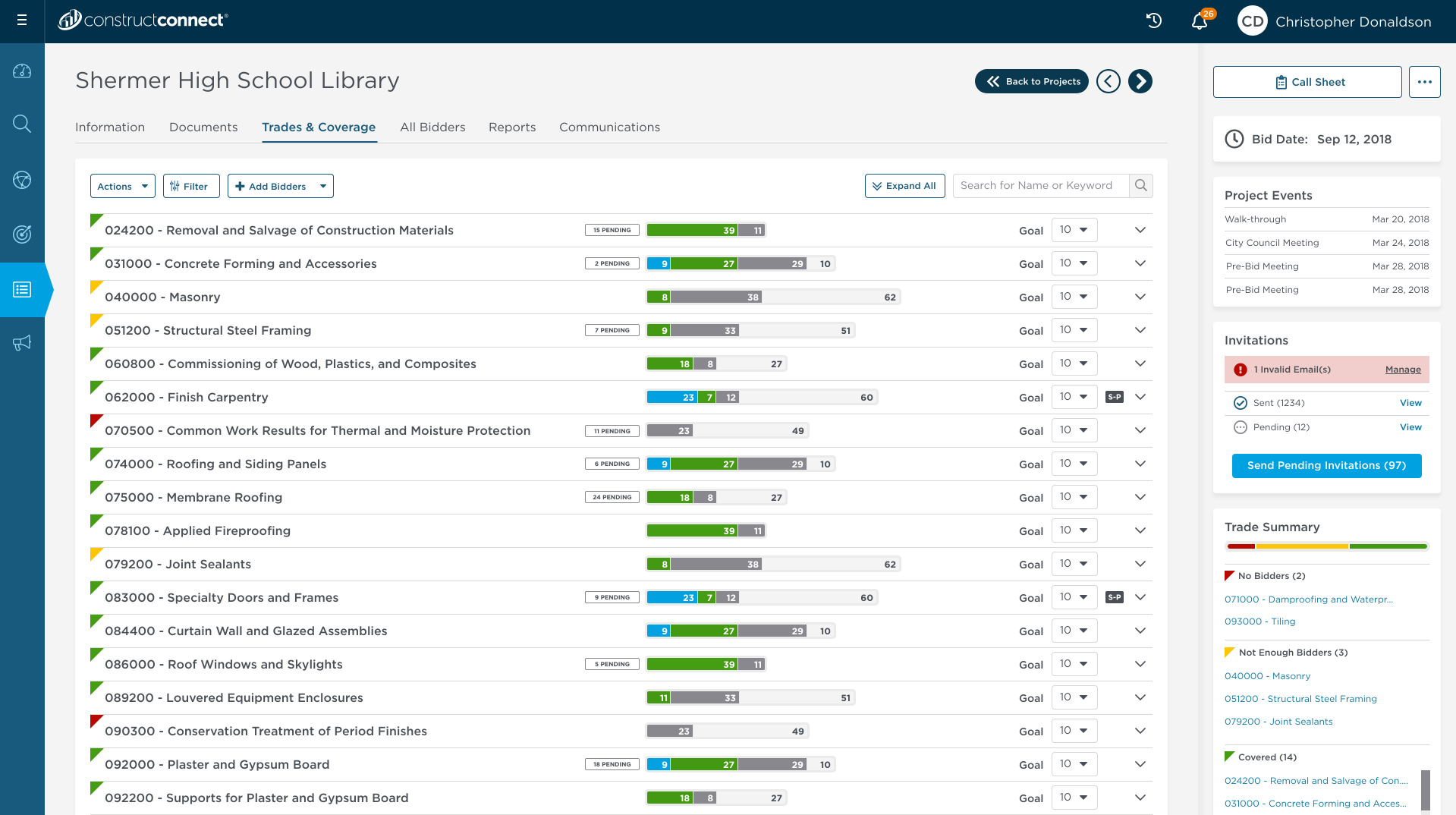
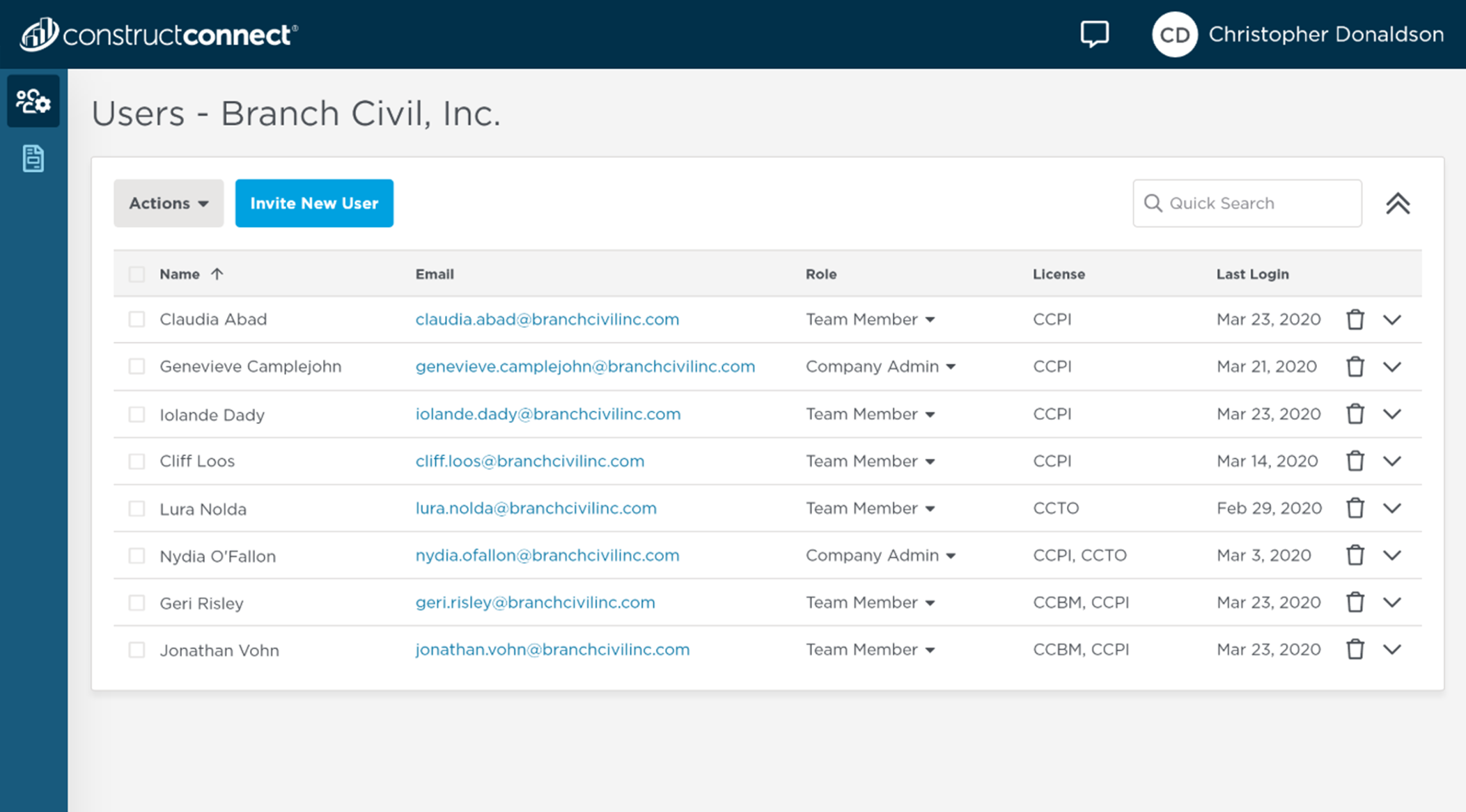
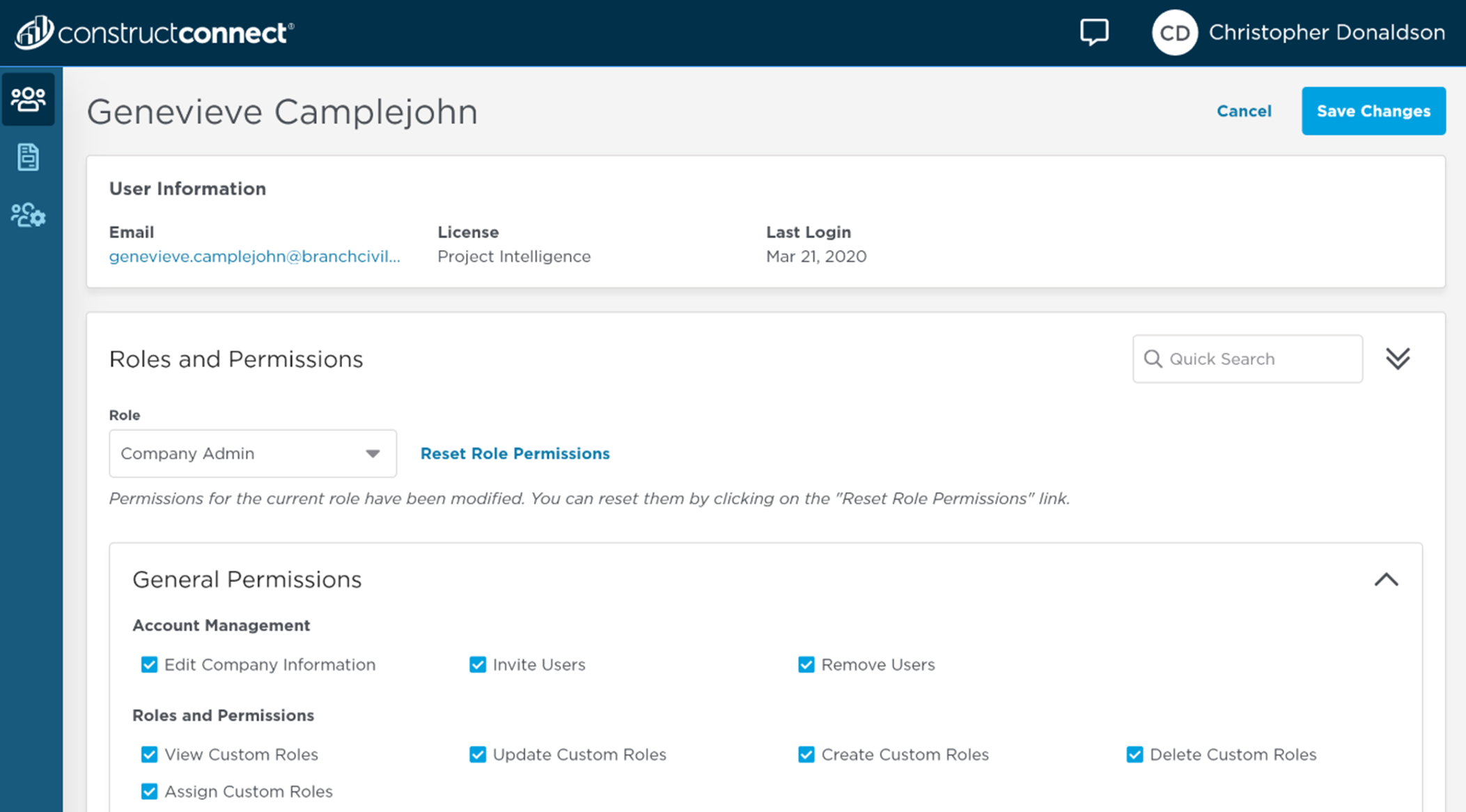
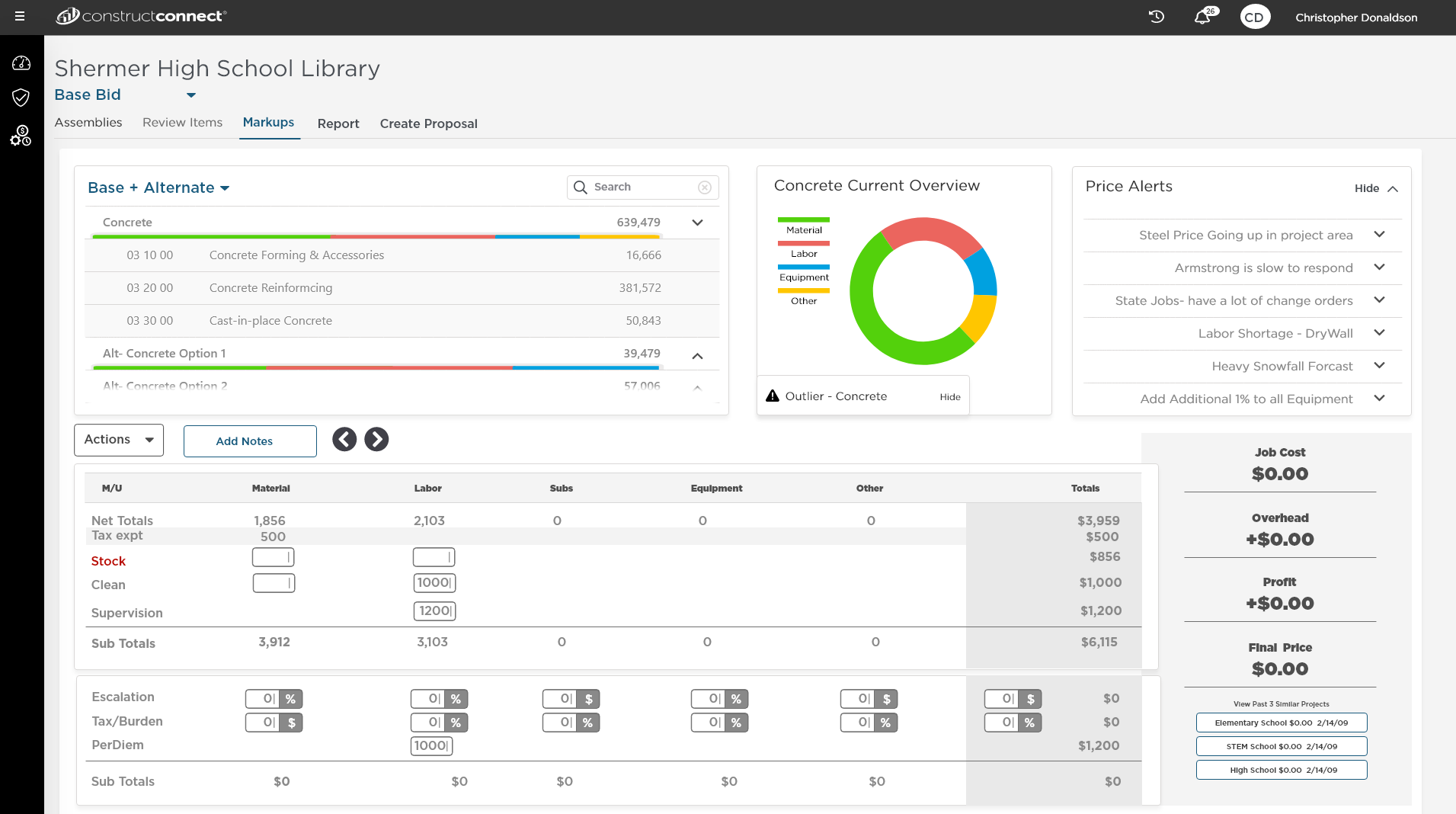
Project information
- Category: Saas Software
- Client: Construct Connect
- Project date: 21 May, 2018
- Project URL: Construct Connect WebSite
CONSTRUCTCONNECT SAAS SOFTWARE
The Problem
: Combining 8 Legacy Softwares
Eight legacy products lacked a shared infrastructure, leading to frustrated users, rising costs, and inefficiencies. The goal: streamline workflows and enhance usability. A new CEO, the pandemic, and rapid UX team growth forced a shift. Full unification wasn’t feasible, so we pivoted to a connected ecosystem, ensuring seamless platform interaction instead of merging everything. Scaling UX required expanding UI, UX, and UX Research to align products under a shared vision. The challenge: navigate transformation, keep teams aligned, and balance short-term impact with long-term strategy.
My Role: Scaling Teams & Driving a Connected UX Strategy
I drove UX strategy, team expansion, and product integration, transforming a fragmented system into a connected experience.
- Early Integration: As the first UX hire on my manager’s team, I led workflow mapping, redundancy reduction, and team alignment to create a unified vision.
- Scaling for Complexity: As UX demands grew, I helped expanded the team by 300%, ensuring strong UI, UX, and research capabilities to support a multi-platform ecosystem.
- Building Collaboration: As UX Manager, I fostered cross-team alignment to balance consistency with platform-specific needs, driving effective product integration.
- Leading Through Change: During the pandemic, I built a remote-friendly onboarding process and was part of the team that helped boost our Gallup engagement score from 3.83 to 4.58.
- Hands-On Execution: While in leadership, I remained deeply involved in product releases, ensuring business needs aligned with user experience. My work on ConstructConnect Takeoff modernized workflows and drove innovation.
Through strategic leadership, team scaling, and hands-on execution, I helped shape UX into a critical function supporting a scalable, multi-platform ecosystem.
The Obstacle : Scaling UX for a Multi-Platform Ecosystem
The construction industry’s fragmented workflows—paired with eight legacy products—created inefficiencies and misalignment. Each platform had unique user needs and business priorities, making it difficult to standardize experiences while keeping products interoperable. Realigning the products required a scalable UX strategy that balanced consistency across platforms with the flexibility to meet individual product demands. View More
The Approach: Adapting to a Multi-Platform Strategy
At first, we focused on full unification, relying on deep user research to shape workflows informed by 26 detailed personas. However, as the company evolved under a new CEO and the pandemic reshaped priorities, it became clear that a one-size-fits-all approach wouldn’t work. Instead of merging products outright, we pivoted to maintaining multiple platforms while ensuring they worked together seamlessly. This required shifting our UX approach to designing for connected experiences. View More
The Plan: Balancing Immediate Impact with Long-Term Scalability
With full unification no longer the priority, we took a pragmatic approach—modernizing UX for key workflows, strengthening cross-platform consistency, and refining research practices to guide future improvements. This approach enabled us to:
- Deliver immediate, tangible improvements across core workflows.
- Align products under a shared UX and data strategy while keeping them separate where needed.
- Lay the foundation for deeper integration when the infrastructure was ready.
